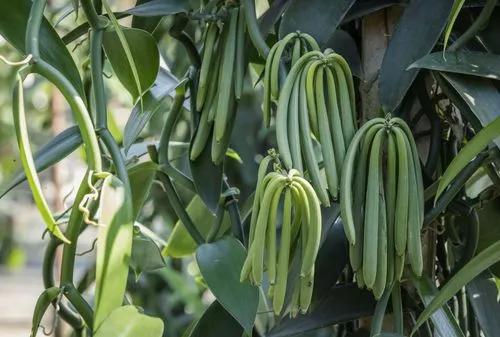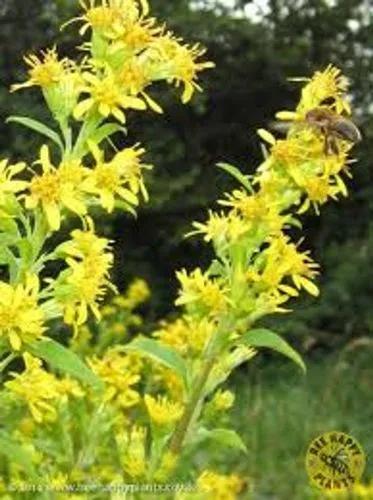Pyrus pashia, the wild Himalayan pear, is a small to medium size deciduous tree of the small and oval shaped crown with ovate, finely toothed leaves, attractive white flowers with red anthers and small pear-like fruits. It is a fruit bearing tree that is native to southern Asia. Locally, it is known by many names such as batangi. Pyrus pashia is a tolerant tree that grows on sandy loamy soil that is well drained. It is adapted to a precipitation zone that ranges from 750 to 1500mm/yr or more, and a temperature that ranges from -10 to 35 C.
Wild Himalayan Pear Care
Pyrus Pashia



The nutritive contents of fruit are about 6.8% sugars, 3.7% protein, 1% ash, 0.4% pectin. It also contains a low content of Vitamin C, about 1.2 mg per 100g. The percentage contents of some of the mineral elements in the fruit are phosphorus, 0.026 percent, potassium, 0.475 percent, calcium, 0.061 percent, magnesium, 0.027 percent, and iron, 0.006 percent.
Pyrus pashia is a fruit bearing tree. Its fruit is edible and characterized as being pome. It looks like the russet apple and has an astringent but sweet taste when ripe.
The early fruit is mostly of light green color but at maturity, its color turns blackish brown with numerous yellow and white dots on its skin surface.[4] The shape of fruit is often described as oblate, ovoid, obovoid, oval or quince.[4] On average the fruit diameter ranges from 1 to 4 cm[1] and the height ranges from 2 to 5 cm.[3]
Fruit of Pyrus pashia is best to eat when it is slightly decaying. It is set apart from the cultivated pears by having a grittier texture. The fully ripe fruit has a reasonable flavor and, when bletted, is sweet and very pleasant to eat. It requires May to December time period to mature.[1] A mature tree yields about 45 kg of fruit per year.
Discover more plants with the list below
Popular articles






